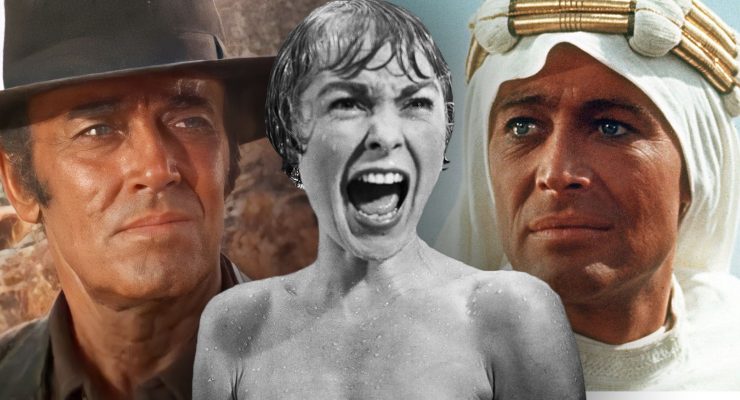Martin Carr reviews the second episode of Wayward Pines…
This dishevelled detective story nurtured by Chuck Hogan and realised by M. Night Shyamalan, takes a bunch of time to go the long way round. Taking on an increasingly creepy tone, Wayward Pines continues to mix up homage ripe territory with a sense of grounded reality. Something which doubtless appealed to the actors involved when this adaptation first hit their collective script piles.
A theory made fact by Matt Dillon and Juliette Lewis who continue building on last week’s impressive opener, playing it straight as tensions ramp up off screen. Something director of choice Charlotte Sieling exploits by allowing carte blanche elsewhere. Whilst simultaneously splitting the action evenly either side of ‘the fence’.
There is a tangible sense of forces converging as Shannyn Sossamon, who I remember from the Brett Easton Ellis’ Rules of Attraction, is given little to do but does it well. Driven by infidelities and a marriage based on broken trust, a counterpoint develops which begins eroding Ethan’s heroic demeanour. And once that begins it’s a slippery slope.
Toby Jones the unspoken orchestrator, is neither sinister nor a straight bat sort of chap. Like so many of the actors here you are drawn in by skill. Combining a ‘less is more’ approach to each performance backed up by consistently solid writing. Which in turn provides a unifying one two punch, creatively selling the unreality soaking through this fabric. With smatterings of The Shining present and correct, this adaptation remains sparse yet revealing. A technique defined by its ability to say a lot with very little. Something expertly demonstrated by Ernest Hemingway written word classic The Sun Also Rises.
As an exercise in imagine there are few equals. It remains a singular achievement to attain the same degree of non- verbal communication through a medium defined by verbosity. Not that I am comparing the writing in Wayward Pines to Hemingway merely the technique. Just as Hemingway requires you read between the lines and provide your own narrative, so Pines asks the same thing here but in a visual sense.
Whether it’s the piped sound effects or big brother elements exemplified by security cameras, Pines remains purposely superficial yet close to home. You could almost call the narrative retro in terms of its self-referential style and use of old school methods. These days we exist in an age of the mega franchise. Superhero comic book culture limits our choices, whilst densely plotted sprawling thrillers populate the spaces in between. To me Pines represents a return to simple pleasures. In a time when information is instant, there is much to be gained from having little, but still learning a lot. Roll on episode three.
Martin Carr – Follow me on Twitter
https://youtu.be/8HTiU_hrLms?list=PL18yMRIfoszFLSgML6ddazw180SXMvMz5










